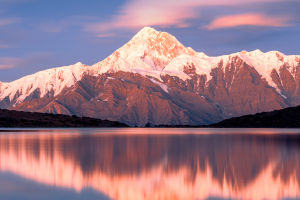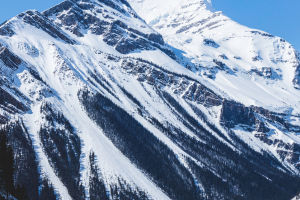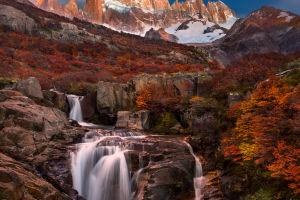Snowy mountain landscapes offer breathtaking views and endless possibilities for photographers.
One particularly enchanting aspect of these landscapes is capturing the reflections of the majestic peaks on calm, pristine waters. However, photographing snowy mountain reflections requires careful consideration and technique. Let’s explore some valuable tips to help you capture these stunning scenes with precision and creativity.
1. Seek Calm Waters:
To capture clear and undisturbed reflections, look for calm bodies of water. Lakes, ponds, or even slow-moving rivers can provide the perfect mirror-like surface for the mountains to reflect upon. Avoid areas with strong winds or rapid currents, as they can create ripples that disrupt the reflection.
2. Timing Is Key:
The right time of day significantly influences the quality of your reflection shots. Plan your shoot during the early morning or late evening when the light is soft and warm. These golden hours offer a magical atmosphere and enhance the contrast between the snow-covered peaks and the surrounding landscape.
3. Use a Polarizing Filter:
A polarizing filter is an essential tool for photographing reflections. By reducing glare and increasing color saturation, it helps bring out the details in both the mountains and their reflections. Experiment with rotating the filter to find the optimal position that maximizes the reflection's clarity.
4. Compose with Care:
Composition plays a crucial role in capturing captivating reflections. Consider using the rule of thirds to create a balanced and visually pleasing image. Position the mountain peak and its reflection along the intersecting lines, which will draw the viewer's attention and add depth to the photograph. Experiment with different angles and perspectives to find the most captivating composition.
5. Adjust Exposure:
Snowy landscapes can present exposure challenges due to their bright and reflective nature. To avoid overexposing the snow and losing details, use spot metering to meter the brightest areas of the scene. Alternatively, shoot in manual mode and slightly underexpose the image to preserve the highlights. Remember to check the histogram for a balanced exposure.
6. Capture Details:
Details can add depth and interest to your snowy mountain reflection photographs. Look for foreground elements such as rocks, trees, or branches that can lead the viewer's eye into the image. These elements not only enhance the composition but also provide a sense of scale and context to the vastness of the mountains.
7. Experiment with Long Exposures:
Adding a touch of creativity to your reflection shots, long exposures can create a dreamy and ethereal effect. Use a sturdy tripod and a neutral density (ND) filter to lengthen the exposure time. This technique can smooth out the water's surface, intensify the reflection, and emphasize the stillness of the scene.
8. Incorporate People or Wildlife:
To add a sense of scale and narrative to your snowy mountain reflection photographs, consider including people or wildlife in your composition. A lone figure against the vast backdrop of snow-capped peaks can evoke a feeling of awe and solitude, while wildlife in the frame can add a touch of liveliness and connection to nature.
Photographing snowy mountain reflections is a rewarding and awe-inspiring endeavor. By following these tips, you can capture the beauty and serenity of these landscapes in a way that leaves viewers captivated. Remember to experiment, be patient, and enjoy the process as you venture out to immortalize the magic of snowy mountain reflections with your camera.


